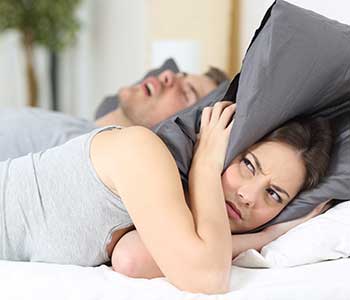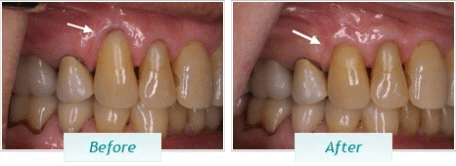Understanding obstructive and central sleep apnea in San Francisco

Sleep Apnea is a common condition in San Francisco and worldwide. This potentially serious disorder is characterized by repeated pauses in breathing during sleep. There are two basic classifications of sleep apnea, central (CSA), and obstructive (OSA).
Central sleep apnea
Central sleep apnea is a condition that is thought to be associated with kidney or heart failure as well as neurologic problems. People with central sleep apnea stop breathing during the night when the brain signals that trigger breathing fail to work properly. The body makes no effort to breathe. In contrast, people who have obstructive sleep apnea attempt to inhale, but cannot get air into the lungs due to an obstruction in the airway.
Treatment for central sleep apnea typically involves using a servo-ventilator, which is a version of a CPAP machine. It senses when patients are not breathing and breathes for them. Fortunately, obstructive sleep apnea, which is much more common than central sleep apnea, is easier to treat.
Obstructive sleep apnea
Obstructive sleep apnea is essentially a mechanical problem. When a patient is sleeping, the muscles that keep the throat open relax. The tongue can fall back against the soft palate, and the uvula and soft palate can fall against the back of the throat and close the airway. When the sleeper attempts to inhale, the blockage prevents air from entering the lungs.
The condition is seen in patients of both sexes, all ages, and all body types; however, certain factors seem to increase the risk for obstructive sleep apnea.
- Age – It is most common in those 40 to 60 years old
- Gender – Men are more likely to develop this condition
- Obesity – It is more commonly found in those who are overweight
- Heredity – Those who have a family history of sleep apnea are at a higher risk
- Race – The occurrence is higher in Pacific Islanders, African Americans, and Mexicans
- Health – Diabetes, polycystic ovary syndrome, and gastroesophageal reflux disease increase the risk of obstructive sleep apnea
- Lifestyle – Alcohol and tobacco use may be associated with the condition
Treatment Although CPAP machines are a common and effective treatment for the condition, patient compliance is low due to discomfort and inconvenience. Fortunately, comfortable, convenient dental devices have been proven effective in most cases of mild to moderate obstructive sleep apnea. An oral appliance similar to a sports guard can position the jaw slightly forward and down, keeping the airway open. A different style of appliance may be used to hold the tongue in place, depending on the patient’s need. Patient compliance is better with dental appliances than it is with CPAP treatment.
Dr. Leo Arellano and his talented team have extensive experience in helping San Francisco sleep soundly. Call 415-881-4343 and schedule an appointment today.








